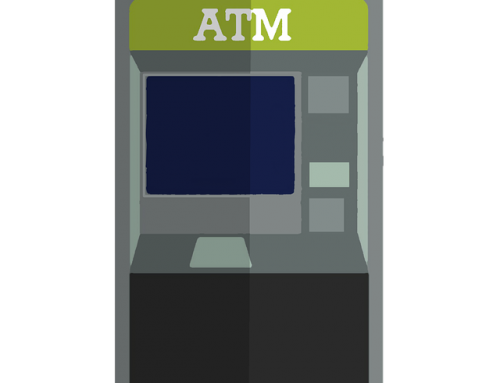Over the past few years, California has flirted with the idea of either outright getting rid of – or significantly altering the use of – the cash bail system by enacting zero bail programs. On the one side are critics who claim that it unfairly affects the poor who, since they cannot afford bail, are punished for being poor. On the other side, proponents of cash bail claim that removing it is going to incentivize criminals to continue committing crimes by removing the deterrent of facing jail time.
Up until now, the latter has had little to rely on. However, a recently released study published by the Yolo County District Attorney has provided bail proponents with the data that they need. According to the report, suspects who were arrested, cited, and released on zero-bail initiatives were rearrested for 163% more crimes than suspects released on bail. Additionally, those who were arrested on zero bail initiatives were 70% more likely to commit another crime than those who were arrested and bailed out of jail in the traditional system.
Among violent offenders, those who were released on zero bail were 200% more likely to commit additional violent crimes than those released on bail
While the zero bail initiatives may be well-intended, they represent a ham-fisted, throw-the-baby-out with-the-bath water approach by state government officials who don’t fully understand the justice system, how it works, and more importantly, why it works. Nobody wants to be in jail. Some people are willing to risk incarceration to commit crimes, but many others are not.
Think about it like this: imagine having to move a large, heavy, wooden table all by yourself. Being unable to do so, you cut a hole in the middle to make it lighter – which it does. The table is now movable. However, without something to plug the hole once the table is moved, it no longer functions as well as a table. So too is the bail system. Simply doing away with bail for the majority of suspects, without something equally effective to take its place is just adding more problems.








Leave A Comment